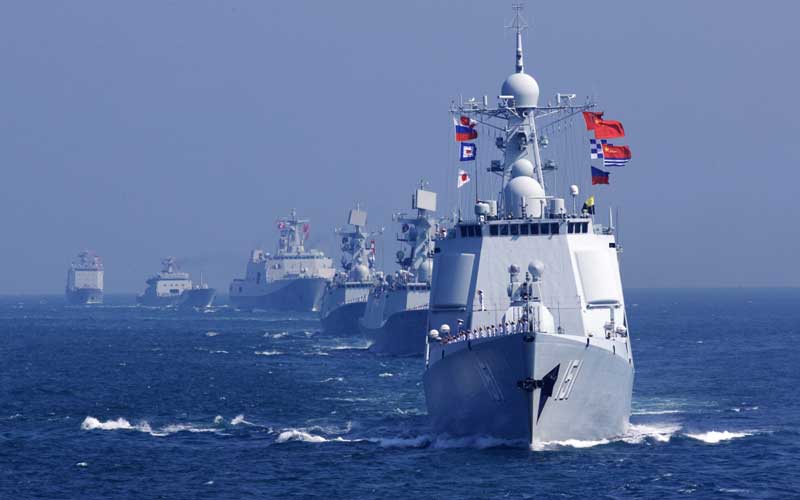×
The Standard e-Paper
Read Offline Anywhere

China is a powerful country in four ways; territory, population size, economy and world politics. It is one of the largest countries in the world, but it had to work hard and compete to become big in the economy and world politics. It borders 14 countries and has a coastline of 14,500,000 kilometres or 9,000 miles.